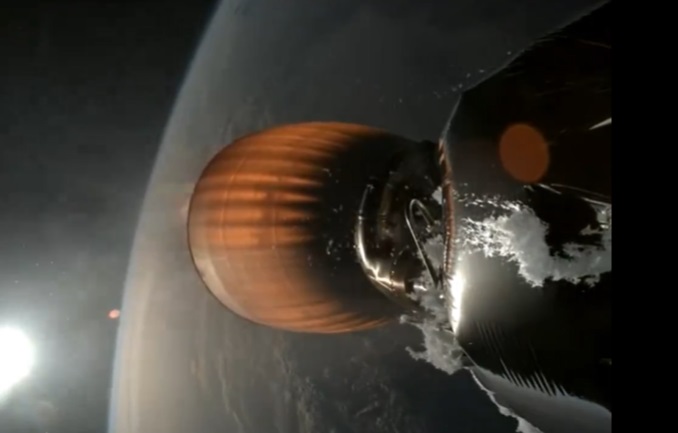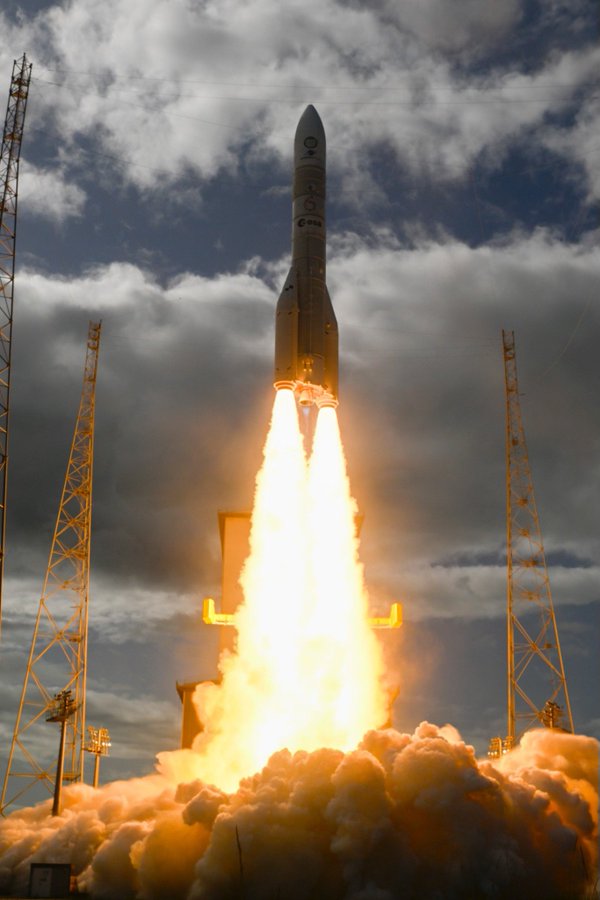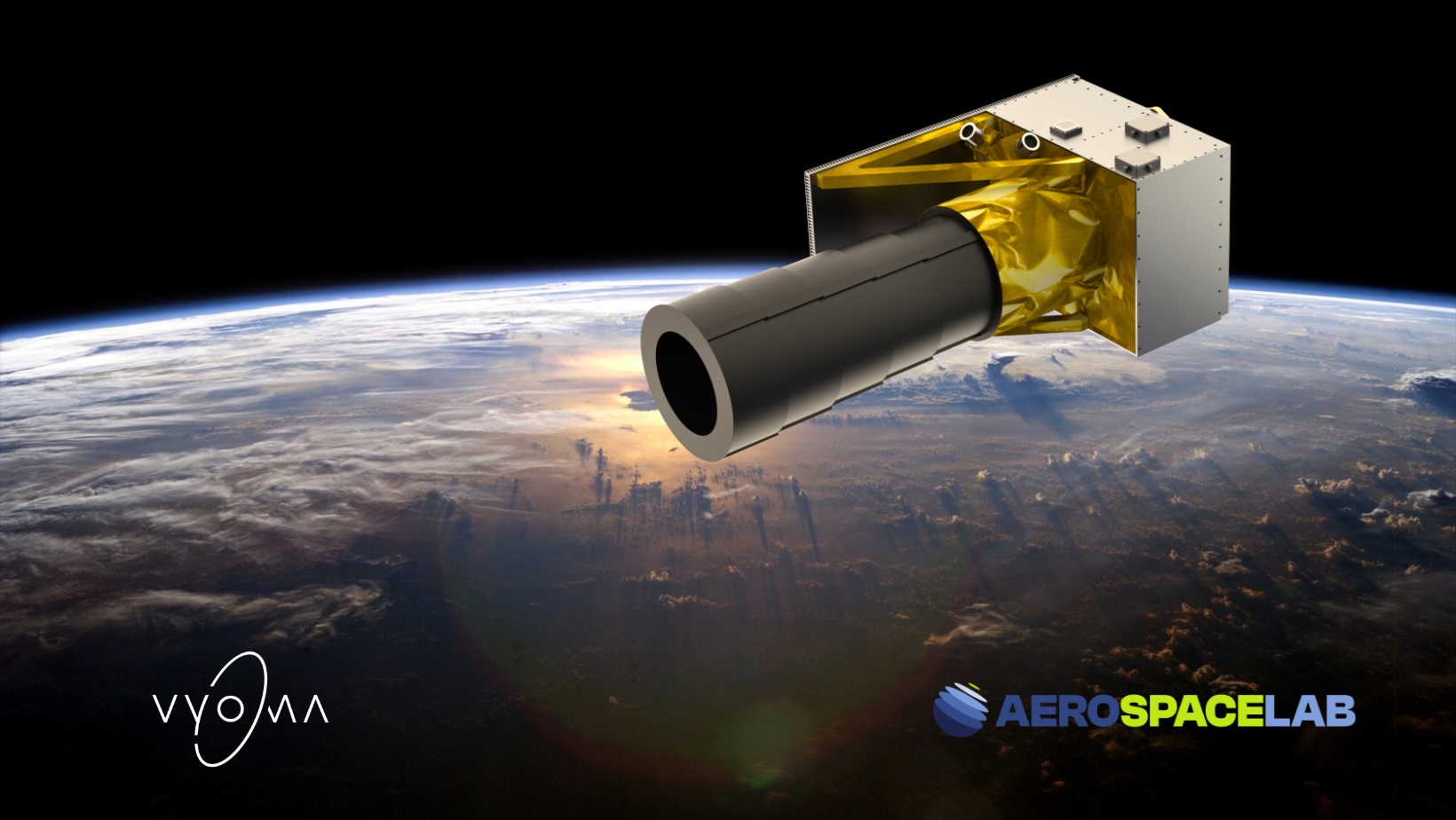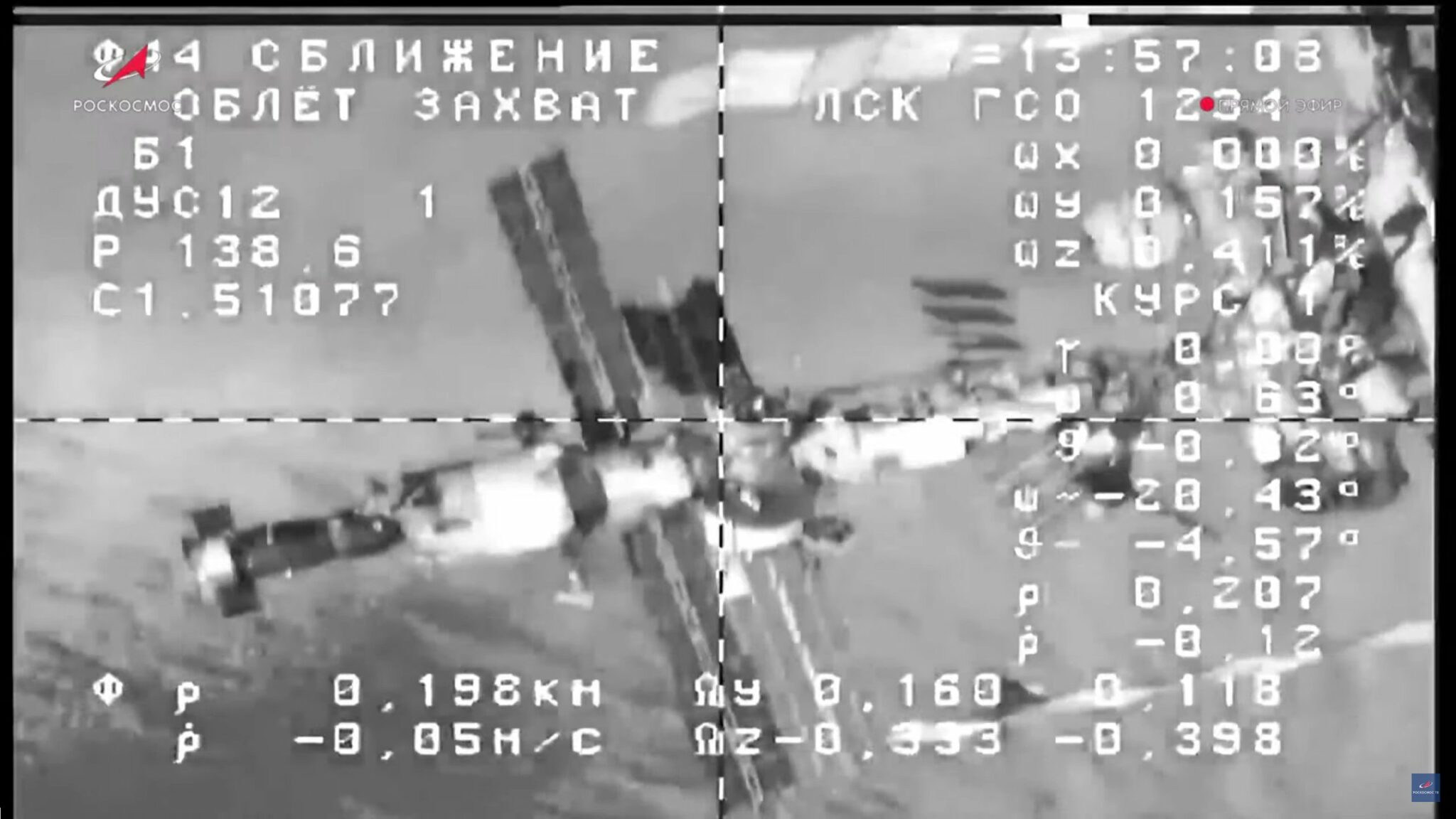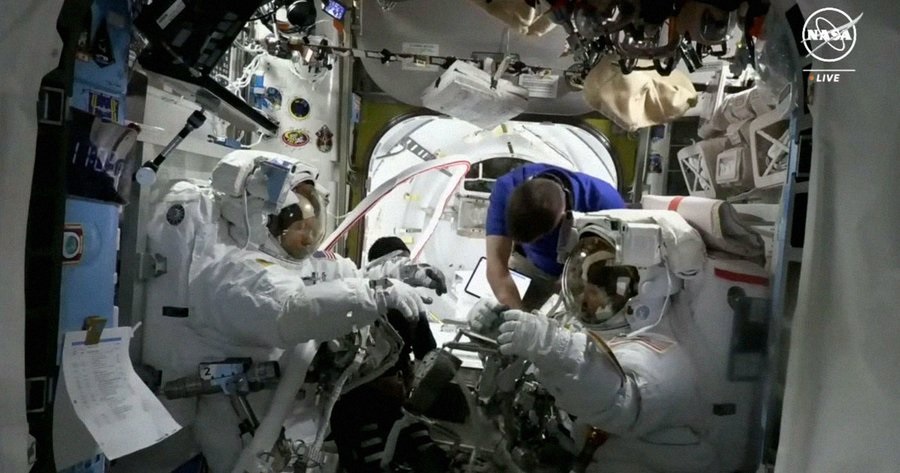Beyond the yes, commercial can do it mantra of the so-called New Space community another of their tenets is how orbital fuel depots will open up this final frontier
Unsurprisingly, being an openly cynical journalist, I have my doubts about this…The argument seems to go something like this, we don’t need big government boosters we can use commercially developed rockets and for the larger payloads and the propellant they need will be waiting for them in orbit
I am not going to tackle the issues surrounding technology readiness levels for creating a storage system because part of my counter-argument is that even if the technology existed there are market and economic issues that would hinder the arrival of such a service
But first let’s just imagine the depot scenario. The depot’s storage unit(s) has to get to orbit. Using the circa 20,000kg to LEO capable EELV-type rockets many units could be simply left on their own in orbits at different altitudes and planes. Or the NASA concept overleaf could be followed and a space station-like depot could be created
So the costs for such a centralised or distributed, or mix of the two, depot strategy are, the cost of the storage unit, the cost of the rocket to launch it, the cost of that launch’s ground support, the indirect costs of the infrastructure to transport the payload and rocket to the launch site, the ground and orbiting infrastructure for enabling and monitoring the launch and payload’s commissioning and finally there will need to be a facility to monitor the storage unit’s orbit and consumable costs taken into account for the orbiting depots’ needs
The centralised or distributed choice also goes to the heart of whether you have one or two types of storage unit
For a centralised system you could have storage units permanently on orbit that are designed for many, many years of operation and repeated cycles of propellant delivery and use in servicing. Like a manned space station the depot would need to reboost its altitude at times and so would need to use propellant, either drawing from the supply offered to customers or using a depot specific resupply vehicle. I am assuming here that solar panel provided energy is sufficient to deliver enough power for the cryocooling technology
The other storage type would be a short term unit that only delivered the propellant and was a relatively “dumb” upper stage, but it would still need a docking capability. You could argue that such delivery stages could be made reusable but this again would come down to the economics of build-new or throw away
For the distributed strategy you may want to use these relatively dumb upper stages or the longer term storage units. For a specific mission a customer may wish to have a dumb stage at a particular LEO incline at a particular time for its spacecraft to reach and therefore that short term use would not need the more expensive storage unit. With a mix strategy you could use both and this is the strategy I would choose
So, we know the costs, we have the market segemented storage products and service options, we have the supply strategy of a mix to meet government and commercial needs
But where are the customers?
Today spacecraft have fixed inclinations and orbital altitudes, they are not going to blast across to a new plane and dock for fuel. Telecoms and Earth observation satellite propellant resupply vehicles have been in development but to date, despite an obvious market and claims by developers of anchor purchasers waiting in the wings, nothing has materialised
So no market there
Then you have the government science mission needs. With China, India and Japan all sending robots to the Moon there is a clear growing demand for spacecraft to make extra-LEO trips and the global exploration strategy, if followed, will only increase that. Those robotic spacecraft going to the Moon are a function of the money governments are prepared to spend on them, the technological development required, their range of scientific instruments, platform size, power needs (is it solar or is nuclear?), overall payload/platform mass, which in turn is dictated by the rocket market on offer and the governments’ budgets for launch purchases
The question I raise is this, are there governments around the world that can pay to put together a 20,000kg robotic spacecraft that would also have docking technology (maybe they can buy that off the Russians) and would need the services of an in-orbit propellant depot?
Even the European Space Agency, with four of the G20 (I guess the G8 is a thing of the past now we need Brazilian, Chinese and Saudi money to bail ourselves out of massive corporate and personal debt) funding its budget, is only providing five 20,00kg Automated Transfer Vehicles and it had originally planned for nine
I suspect only the US could repeatedly design and build a 20,000kg scientific spacecraft that had an extra-LEO mission. That is not a market
What about tomorrow I hear you cry?
OK. Well let’s assume that Bigelow Aerospace is totally successful and there is a thriving private orbital facility market with lots of non-G8, G20 governments lined up for the kudos of having national hero astronauts carry out research and mega-rich space tourists whizzing round thanks to the SpaceX, Virgin and Blue Origin spacelines does of any of their business models require the use of depots? I think EADS Astrium can rub their hands with glee at the potential market for ATVs but does anyone need to blast across to a centralised depot space station? No
And this is the final problem with depots. Volume. It is the same reason you are never going to get cheap access to space with anything remotely related to a government programme
The frequency of custom that allows for “non-recurring and recurring” (I hate those phrases BTW) engineering costs to be amortised and price elasticity and a viable value proposition and business model is not there
Unless you can show this cynical journalist different?

